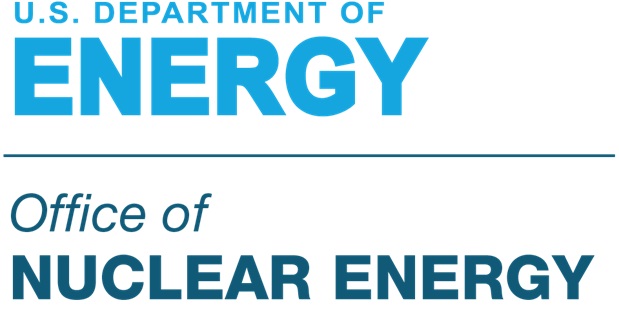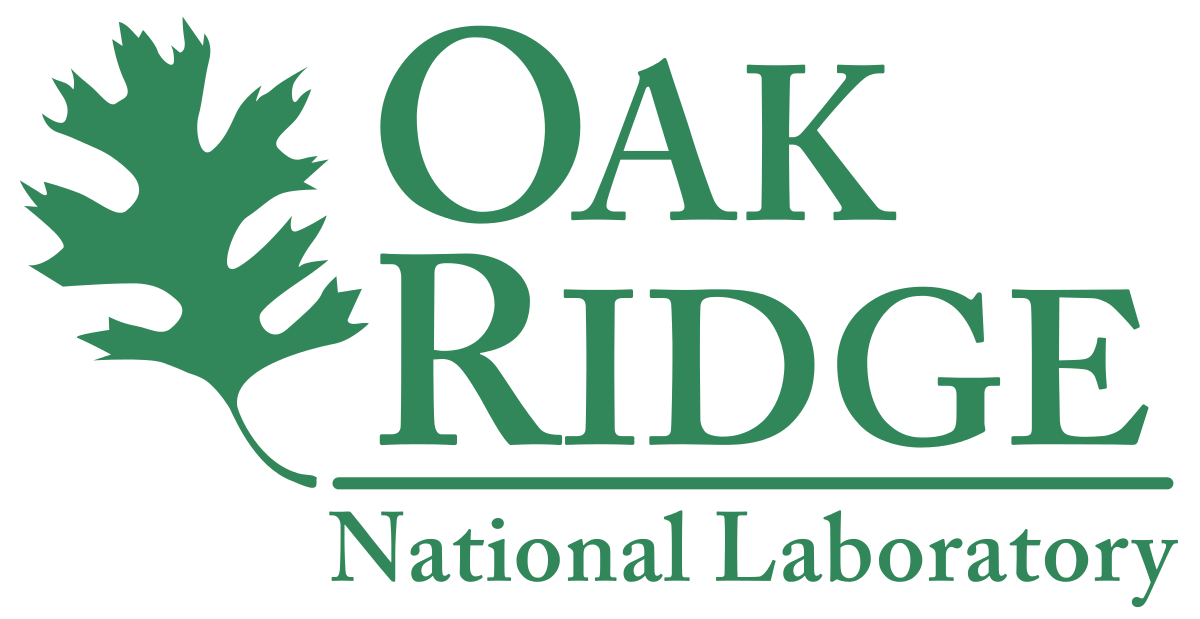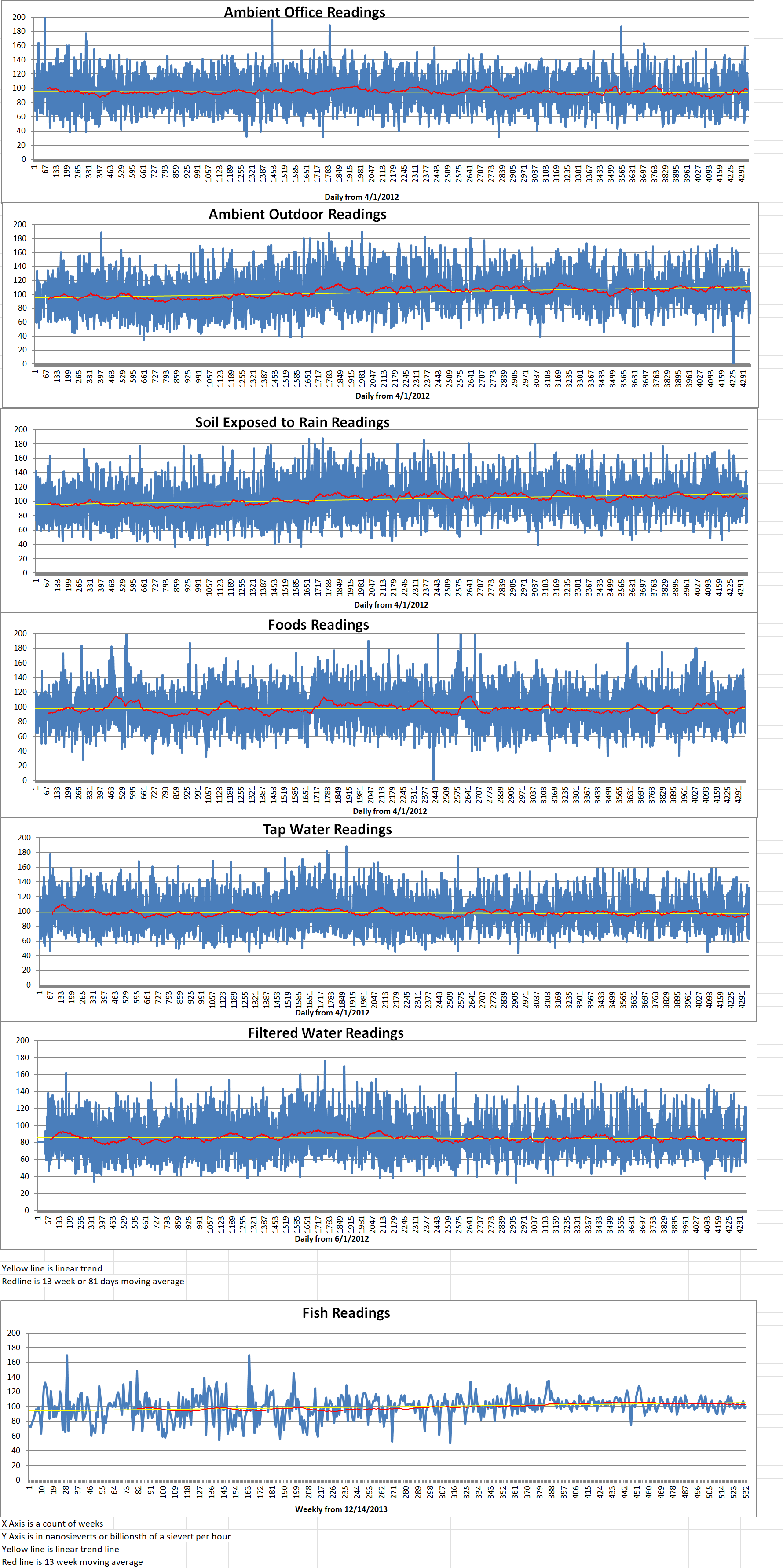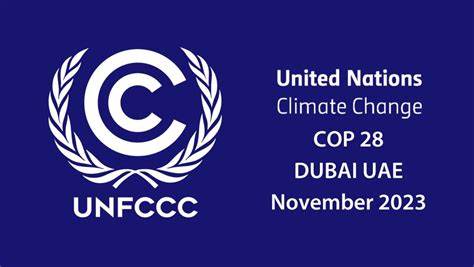The U.K., U.S. and Canadian nuclear regulators have revealed high-level principles for deploying artificial intelligence (AI) in the nuclear sector while maintaining adequate safety and security.
The regulators say that “AI could benefit nuclear safety, security and safeguards in a variety of ways. These include the analysis of large volumes of data to better manage risks and improve efficiency and accomplishing tasks in hazardous areas to decrease the risk to workers and potentially reduce error. AI could also be dynamically retrained to benefit from new information and experience so it can rapidly improve moving forwards.”
The UK’s Office for Nuclear Regulation (ONR), the US Nuclear Regulatory Commission (NRC) and the Canadian Nuclear Safety Commission (CNSC) have just published a new trilateral paper. The title of the paper is Considerations for developing artificial intelligence systems in nuclear. It describes principles that all participants in the AI lifecycle should consider. These include developers, licensees and regulators. The paper marks the first time international regulators have collaborated to draft principles addressing AI in the nuclear sector.
The paper covers a variety of topics. Common areas of focus for regulators when approaching AI are recommended. Understanding how to manage systems based on the consequences of AI failure and the level of AI autonomy is urged. The importance of human and organizational factors in the use of AI is emphasized. Integrating AI into existing nuclear systems is discussed. Managing the AI lifecycle from design to deployment is reviewed. Considerations for safety cases for AI in nuclear applications are mentioned.
The paper continues that “The nuclear industry benefits from decades of operational experience, mature and rigorous design and operation protocols, and a strong safety and security culture. The rapid pace of recent AI development is somewhat antithetical to the slow and methodical change process that the nuclear industry traditionally follows. Nevertheless, the primary goal for the nuclear industry and regulators with respect to AI systems will be maintaining adequate safety and security while benefiting from their deployment.”
Among its conclusions, the paper states that “The fast pace of AI development means it is unlikely that AI-specific consensus standards for the nuclear domain will be available to support regulatory activities within the near future. In the interim, existing nuclear-specific standards remain a starting point coupled with considering the unique attributes introduced by AI.”
The regulators conclude that “While there are hurdles to consider to successfully deploy AI, there are also potentially significant benefits to using AI. If effectively managed, negative consequences could be avoided or mitigated for many applications. This document recognizes this position and describes features the Canadian, UK, and US nuclear regulators consider important in managing risks arising from the use of AI.”
Shane Turner is the Technical Director of the ONR. He said that “This significant collaboration between CSNC, NRC and ONR will support the wider international nuclear community to understand what is important when considering the application of AI. ONR is open to innovation and is committed to enabling the safe and secure deployment of AI and other innovative technologies within the nuclear sector.”
Blog
-

3383 – Nuclear Reactors 1425 – UK’s Office for Nuclear Regulation, The U.S. Nuclear Regulatory Commission And The Canadian Nuclear Safety Commission Issue Paper On AI In Nuclear Industry
-
Nuclear News Roundup Sep 13, 2024
Russia pressing Central Asian states to embrace nuclear power intellinews.com
UK sells peaches from Fukushima nuclear disaster region bbc.com
Italy in talks to create nuclear power firm, Bloomberg News reports reuters.com
Cancelling Angra 3 would cost almost as much as completing it, study says world-nuclear-news.org
-

Geiger Readings for Sep 13, 2024
Ambient office = 97 nanosieverts per hour
Ambient outside = 104 nanosieverts per hour
Soil exposed to rain water = 108 nanosieverts per hour
Corn from Central Market = 129 nanosieverts per hour
Tap water = 100 nanosieverts per hour
Filter water = 85 nanosieverts per hour
-

Nuclear Reactors 1424 – U.S. Is Increasing Domestic Production Of HALEU Nuclear Fuel – Part 2 of 2 Parts
Part 2 of 2 of 2 Parts (Please read Part 1 first)
The U.S. currently gets about twenty percent of its power from nuclear fission power reactors. Inside the U.S. Energy Department, there is high interest to increase that percentage in the coming years because nuclear energy is reliable and doesn’t produce as much climate pollution as fossil fuels.
Goff added, “We need some firm, clean baseload electricity — nuclear provides that. In order to meet our energy security needs and our climate goals, we do need significantly more nuclear energy deployed.”
The nuclear power industry is increasingly focused on SMRs, which run on HALEU. These reactors can last longer than conventional ones and fit into smaller spaces. This makes them more versatile and easier to set up.
The uranium for conventional reactors is enriched up to five percent and HALEU is uranium enriched to between five and twenty percent. Highly enriched uranium is anything more than twenty percent. If enriched to over ninety percent, it is used in weapons.
Josh Jarrell is director of the Idaho National Laboratories fuel cycle science and technology division. He said, “You can get more energy in smaller spaces,” You can be more energy dense, you can make more effective fuel, theoretically, we could generate electricity more economically.”
Dan Leistikow is the vice president of corporate communications at U.S.-based uranium enrichment company Centrus Energy. He said that Centrus is one of two enrichment companies in the US working to break America of its dependence on Russia. Russia supplies the vast amount of the world’s enriched uranium for fueling reactors. The U.S. Congress recently passed an import ban on Russian uranium. This has resulted in a supply squeeze both for HALEU and fuel for conventional reactors.
Leistikow told an interviewer that after a “lack of investment over decades,” Centrus intends to “restore a domestic enrichment capability with U.S. technology” to meet the demand for the country’s electricity and for its national security.
The U.S. Energy Department estimates that the advanced nuclear industry will need forty tons of HALEU by 2030. Centrus is seeking funding from DOE to expand its operations. It can currently enrich a little less than one ton per year. The leftover U.S. nuclear arsenal will be able to contribute six tons of HALEU by 2027.
TerraPower’s Navin said that six tons of HALEU is a “great start,” but far from enough for his company’s first core load, not to mention other advanced nuclear projects in the U.S.
Exactly how much highly enriched uranium the U.S. has stockpiled is a classified secret. There are a lot of interests competing for HALEU, from national security to research reactors.
Congress recently directed the U.S National Nuclear Security Administration and U.S. Energy Department to prioritize converting the old U.S nuclear arsenal into advanced reactor fuel.
Navin said that “Within their possession, they have more than enough (highly enriched uranium) to make many, many, many tons of HALEU.” This recalls the old Biblical injunction to make swords into plowshares. -
Nuclear News Roundup Sep 12, 2024
DCMA insight keeps Navy nuclear programs on time dvidshub.net
GE Hitachi signs four MoUs world-nuclear-news.org
IAEA approves safety of Fukushima soil plans world-nuclear-news.org
Fortum Loads First Westinghouse Fuel at Loviisa Nuclear Power Plant rigazone.com
-

Geiger Readings for Sep 12, 2024
Ambient office = 119 nanosieverts per hour
Ambient outside = 100 nanosieverts per hour
Soil exposed to rain water = 103 nanosieverts per hour
Blueberry from Central Market = 85 nanosieverts per hour
Tap water = 99 nanosieverts per hour
Filter water = 84 nanosieverts per hour
-

Nuclear Reactors 1423 – U.S. Is Increasing Domestic Production Of HALEU Nuclear Fuel – Part 1 of 2 Parts
Part 1 of 2 Parts
Inside a highly classified facility in Oak Ridge, Tennessee workers are turning old, unexploded nuclear warheads into fuel that will power cities. This is the same facility that enriched uranium for the first atomic bomb in the era of the Manhattan Project.
The process to create advanced reactor fuel involves melting weapons-grade uranium with low-enriched uranium in a crucible which is a massive, metal cauldron heated to around twenty-five hundred degrees Fahrenheit to turn its contents into molten soup.
Removed from its furnace, a glowing orange cast filled with hot liquid uranium is slowly lowered into a cooling chamber. The hardened granular black finished product can be safely held in-hand.
This fuel is set to power the next generation of U.S. nuclear reactors, including small modular reactors (SMR) that are easier and cheaper to build. They require far less maintenance and physical space than the aging U.S fleet of large nuclear power reactors. However, they also require a more-enriched and energy-dense uranium.
Until last year, the U.S. obtained the vast majority of its enriched uranium from Russia. A bipartisan law passed after Russia’s invasion of Ukraine ended that practice. Now, scientists and companies are racing to produce it here in the U.S.
After the Cold War, Russia possessed loads of highly enriched weapons grade uranium. After the war, the U.S. and other countries encouraged Russia to dilute that uranium below the weapon-making threshold and sell it to the world to be used as nuclear fuel. It was a beneficial arrangement for all parties. The US had a supply of fuel and had an available market to sell to.
Down blending old weapons grade uranium from the nuclear arsenal is not the only way to make this fuel which is known as high assay low-enriched uranium (HALEU). A few facilities around the country are also making it, and they are expected to continue to produce most of the fuel in the long run. The federal government is expected to award over two billion dollars in the coming months to uranium enrichment companies to help kickstart the nuclear fuel supply chain.
Michael Goff is the principal deputy assistant secretary for the Energy Department’s Office of Nuclear Energy. He said that the feds are scouring high and low for suitable nuclear fuel that might have been missed. In addition to the US nuclear weapons stockpile, the Idaho National Laboratory is also down-blending part of its collection of fuel from research reactors.The fact that the U.S. is looking at its own arsenal for nuclear fuel speaks to how much of a scramble there is to get new-age reactors off the ground — like TerraPower, the Bill Gates-backed project in Wyoming that recently broke ground.
Projects like TerraPower in Wyoming are waiting for the HALEU fuel shipments, anxious they may run out of time. The company was supposed to get its first fuel shipments from Russia which is the world’s only commercial HALEU supplier. The situation changed after Russia invaded Ukraine in February of 2022.
Jeff Navin is TerraPower’s director of external affairs. He said, “We are getting to the point where we need to see more urgency from the government. There’s a huge national interest to move quickly. We don’t fully understand why that same sense of urgency hasn’t gotten to the Department of Energy in getting this material out.”
The amount of HALEU nuclear fuel that the US can get from its nuclear weapon stockpile is relatively small. It’s going to need a much bigger nuclear fuel production line.
Jeff Chamberlin is the acting principal assistant deputy administrator for defense nuclear nonproliferation. He said, “The long-term solution is we have to have enrichment. Even if we down blended all that material tomorrow, we couldn’t supply the demonstration needs of all the advanced reactor companies the US has stated right now.”
Please read Part 2 next -
Nuclear News Roundup Sep 11, 2024
UK Industry Employment Highest Ever As ‘Major New Projects’ Bring Big Increase nucnet.org
CIA director saw ‘genuine risk’ of Russia using tactical nuclear weapons early in Ukraine war cnbc.com
North Korea to ‘exponentially’ increase nuclear weapons stockpile, Kim says scmp.com
Kepco seeks closer US ties as part of nuclear export push ajot.com
-

Geiger Readings for Sep 11, 2024
Ambient office = 135 nanosieverts per hour
Ambient outside = 113 nanosieverts per hour
Soil exposed to rain water = 118 nanosieverts per hour
Beefsteak tomato from Central Market = 137 nanosieverts per hour
Tap water = 100 nanosieverts per hour
Filter water = 90 nanosieverts per hour
-

Nuclear Reactors 1422 – Major Users Of Nuclear Power Discuss Plans In Conference – Part 2 of 2 Parts
Part 2 of 2 Parts (Please read Part 1 first)
Gorman said that “We do have to admire what China is doing in terms of the parallel construction of these projects at the same time. Every nation has to come to terms with the fact that we are going to have to be doing these projects concurrently. And if I just look at one province alone, Ontario, our official systems plan is calling for eighteen gigawatts of new nuclear by 2050. The work being done right now is figuring out how we are going to support that in concurrent ways because of all the consideration you have there. But nations have done this before – Canada has done it before, the USA has done it before, as have Sweden and France.”
Daniel Westlén is the State Secretary to Sweden’s Minister for Climate and the Environment. He said that a change of government two years ago made it possible to make changes to Sweden’s nuclear policy.
Westlén continued, “We have found for a long time that we have increasing support for nuclear power. It’s politics that has been the problem, where nuclear has been used to form governments. The matter of where we stand on nuclear has not been based on physics or the needs of the power system. It has been based in political realities, and the ability to form a government. Now that is gone, we have a government that accepts nuclear, where everybody is working to make nuclear possible and work properly.”
Westlén said that Sweden is “much better prepared this time” for its new nuclear program, compared with when it built its current reactors in the 1970s and 1980s. “We have operating experience, we have recent projects of power uprates and modernizations. So we have a lot of people that have been doing complex projects in nuclear. We didn’t have any of that last time. I think there is reason for optimism.” However, he added, “I’m sure the first project is going to be a little more complex and run into hurdles than the coming ones and that’s why it’s so important to have a program to get this bandwagon effect going.”
Vijay Kumar Saraswat is a member of Niti Aayog, the Indian government’s public policy think tank. He said that the country aims to reach net-zero by 2070. “Our main mission is to reduce carbon emissions as much as possible and we have a strategy for reaching that in terms of how do you meet the energy demands with the reduced use of fossil fuels. In the last ten years, we increased our nuclear energy contribution – something like two percent of total power production and about three percent in terms of electricity. That would amount to an almost thirty five percent increase in the last ten years.”
He added that India plans to triple its nuclear energy capacity by around 2030 through the construction of large reactors and SMRs.
Bilbao y León said the size of the challenge of meeting climate targets “is enormous”. He added that “it requires nuclear and wind and solar and hydro and natural gas and many other things, so all low-carbon energy industries really need to work together”.
